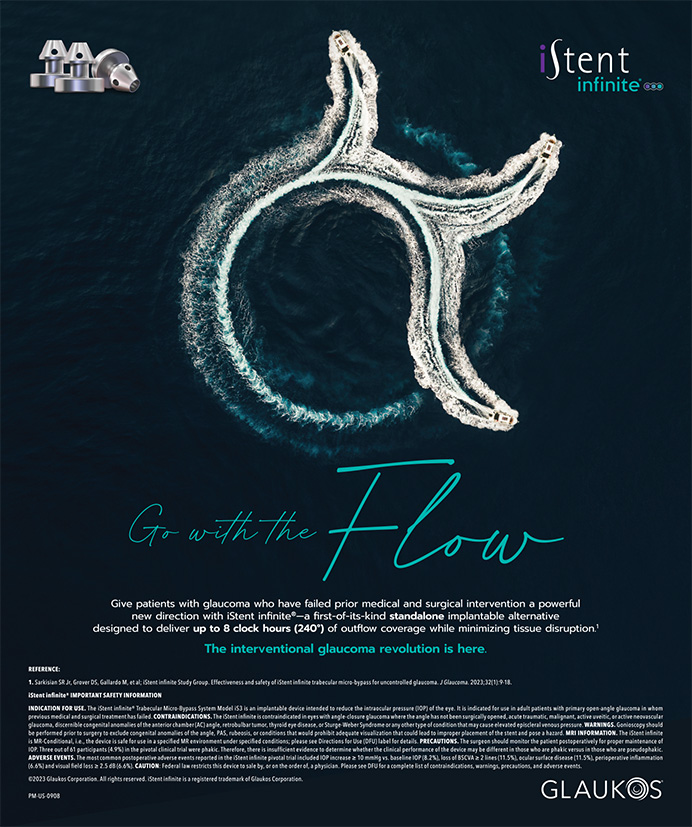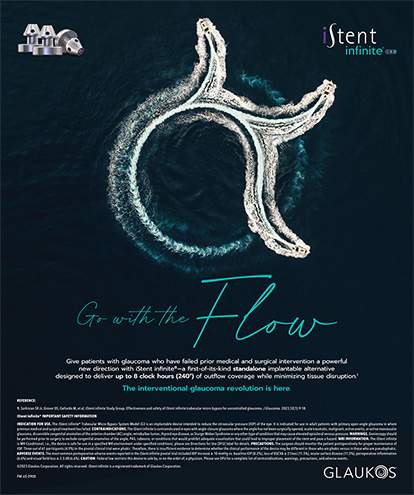For my entire career, cataract surgery has been the one thing that has not needed relearning. If the resident I was 25 years ago could travel in time to an ophthalmic practice of today, phacoemulsification would be the only thing I would know how to do. I would be baffled by LASIK, Descemet’s stripping automated endothelial keratoplasty, and PRK, to name but a few procedures.
Now, however, laser cataract surgery is a reality. My LASIK patients have become my cataract patients, and the demographics promise increasing cataract surgical volume. After years of performing cataract surgery only one morning a month, I am now learning how to be a better cataract surgeon as well as a laser cataract surgeon. My new vocabulary includes concepts like microincisional coaxial cataract surgery, cumulative dispersed energy, phaco tip angles, aspiration settings, and viscoelastics. I am not alone: phaco courses are crowded, and refractive surgeons are taking sabbaticals overseas for real-life experience.
I have read books, listened to lectures, and watched videos to learn state-of-the-art phacoemulsification. My greatest learning experience, however, has occurred while demonstrating laser cataract surgery. A distinguished parade of cataract surgeons has visited me in Houston to take a look at the femtosecond laser. Listed in alphabetical order (they have egos), they include Robert Cionni, Steven Dell, John Doane, Eric Donnenfeld, Mark Kontos, Manus Kraff, Richard Mackool, Samuel Masket, Kerry Solomon, Karl Stonecipher, Vance Thompson, and Stephen Updegraff. I have learned much more from them than they from me simply by listening and asking questions. These ophthalmologists could not have been more gracious to me.
I recommend a similar approach if you are learning a new technique: talk one on one with skilled surgeons. Of course, also take advantage of all the new ways we have to learn—Eyetube.net, YouTube, chat boards, etc. Spend time on all of the aspects of surgery. Successful surgery demands skill (good hands), practice, judgment, and experience. If you reduce one of these categories, the others will have to compensate to keep the surgery at the same level. With laser cataract surgery, for example, a month may elapse before I manually create a capsulotomy.
I am in the midst of a learning curve, as are those building and improving the technology. As amazing as laser cataract surgery technology is today, however, can you imagine how impressive it will be in 2 years or even 10? Cataract surgery has moved from analog to digital and will never go back. Actually, if I were that resident from 25 years ago and appeared in my clinic today, I might not even recognize cataract surgery.


